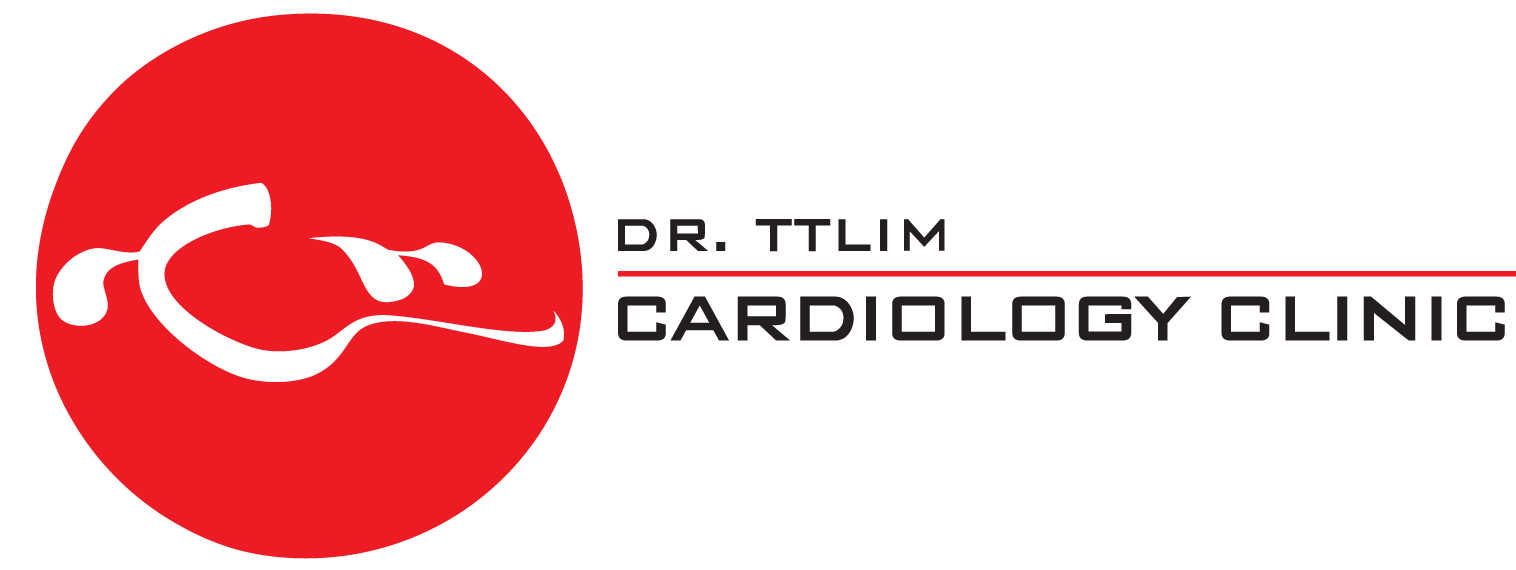Congenital heart conditions, as the name suggests, refers to those heart conditions that a child is born with. When a child is born with heart conditions of any sort, it is often due to problems with the valves or blood vessels which, if treated early on, can be corrected for a safer and healthier heart development as the child grows.
Some common congenital heart conditions that a child can be born with can include:
- Septal defects: which refers to a hole in the septum (the wall that divides the heart into the left and right sides. This can be of two types depending on the hole’s location. If the hole nears the upper chambers of the heart, it is known as atrial septal defect. Similarly, if the hole nears the lowers chambers of the heart, it is known as ventricular septal defect.
- Valve defects: which refers to dysfunctions or defects related to the heart valves. This can be of various types, including stenosis (narrowing of valves), regurgitation (valves do not close properly causing blood to leak backwards), and atresia (valve does not have a hole for blood to pass through).
- Coarctation of the aorta (narrowing of aorta causing lack of proper blood flow to the lower body)
- Complete atrioventricular canal defect (holes in all parts of the heart’s chambers)
- D-transposition of great arteries (positions of pulmonary artery and aorta are reversed)
- Ebstein’s anomaly (valves do not function accurately resulting in blood flowing backwards from the lower to the upper heart chambers)
- Single ventricle defects (including hypoplastic left heart syndrome, pulmonary atresia, tricuspid atresia)
- Tetralogy of Fallot (combination of ventricular septal defect, pulmonary stenosis, right ventricular hypertrophy and wrong positioning of aorta)
- Total anomalous pulmonary venous connection (veins from the lungs connect to the wrong side of the heart)
- Truncus arteriosis (one large artery is present to carry blood to the body and lungs, instead of the two normal ones)
Congenital heart conditions can be identified through their various symptoms, such as:
- Trouble breathing
- Bluish skin
- Poor eating habits
- Tiredness or fatigue
- Swelling in the abdomen or around the eyes
- Fast heartbeats
Diagnosis and Treatment
Diagnosis for congenital heart conditions would include several tests and scans, to help accurately determine the problem at hand and suggest appropriate treatments. Some commonly used methods for diagnosis can include:
- Physical examinations
- X-rays of the chest
- ECGs
- Echocardiogram
- Cardiac catheterization
Once the congenital condition is accurately diagnosed, treatments will be suggested, depending on the condition and its severity. In most cases, the defect/condition does not require treatment and often corrects itself as the child grows. However, for more complex cases, the child may need any of the following treatments:
- Catheter treatment
- Open heart surgery
Prevention and Remedies
Although not completely preventable, there are various prevention steps a pregnant person can take to greatly reduce the chances of the child developing congenital heart conditions. These include:
- Avoiding alcohol intake and smoking
- Avoiding medications that have not been prescribed by a doctor
- Seeking advice from doctors before getting pregnant if you have other medical conditions like diabetes, seizure disorders, etc.)
- Incorporating at least 400micrograms of folate or folic acid daily, during pregnancy





